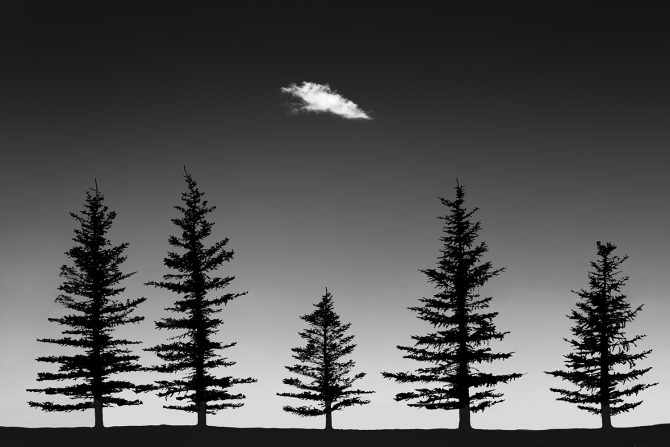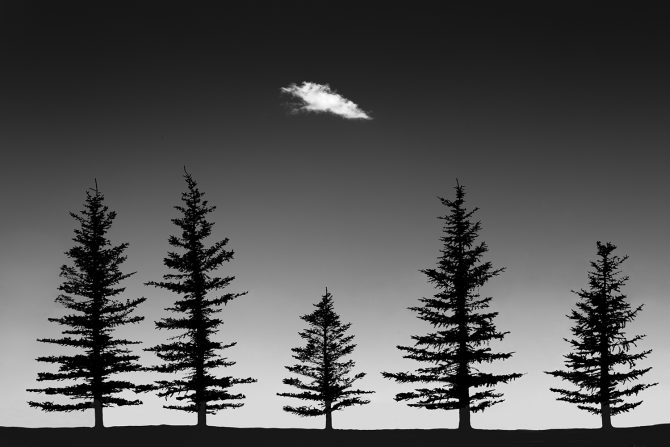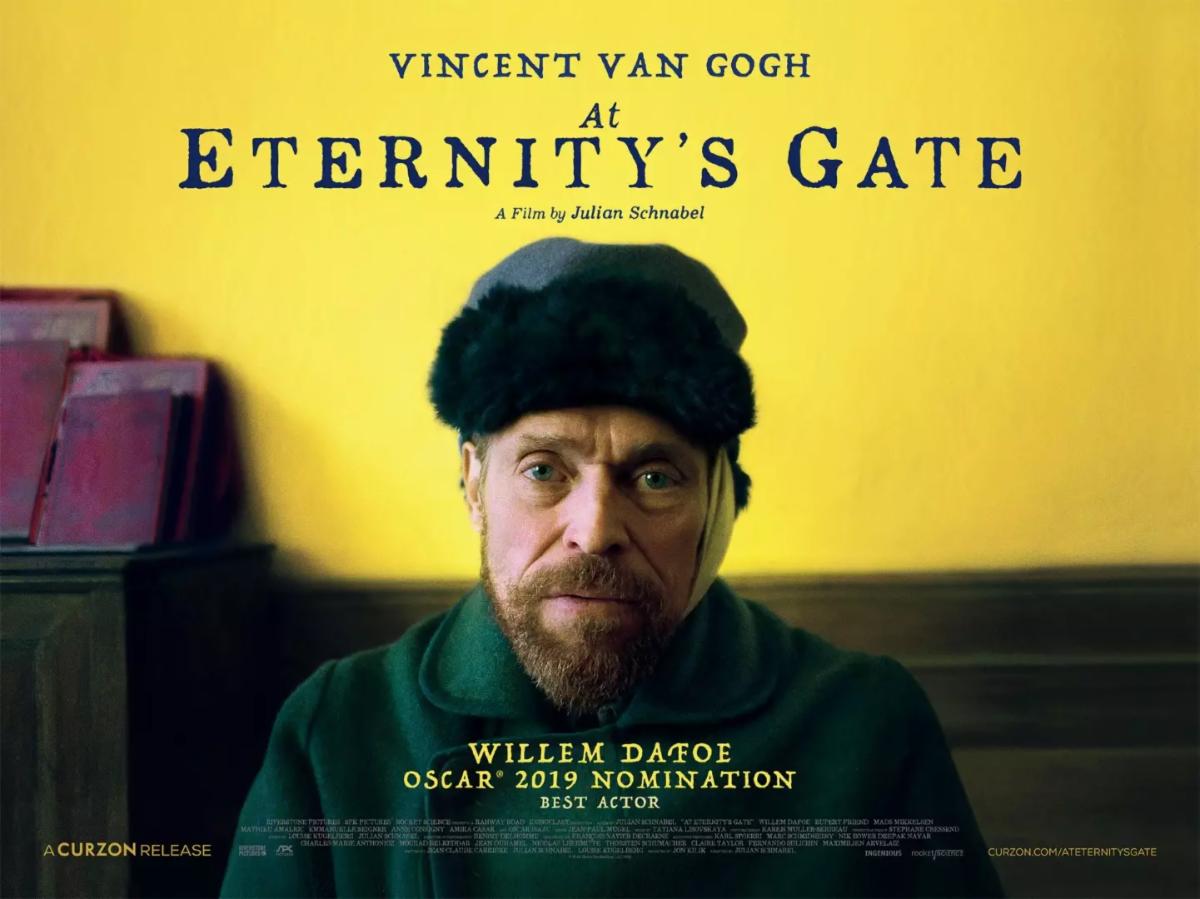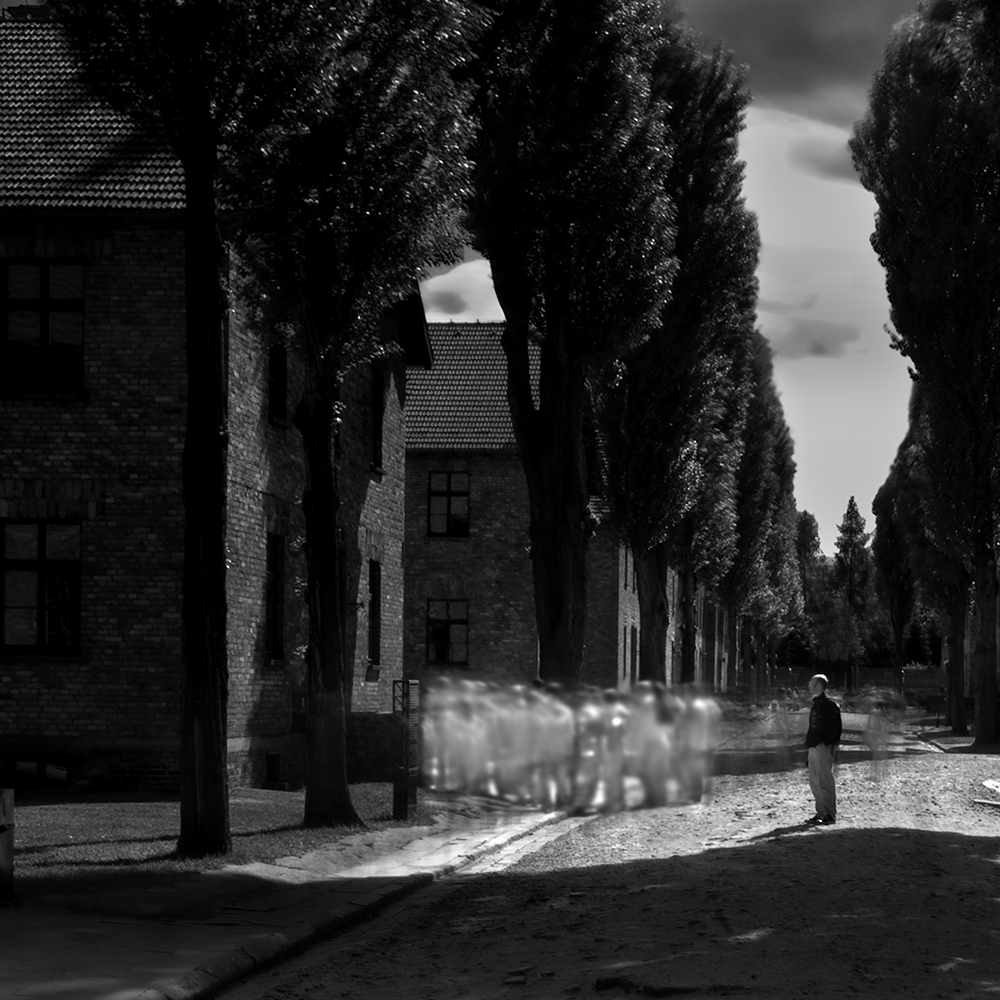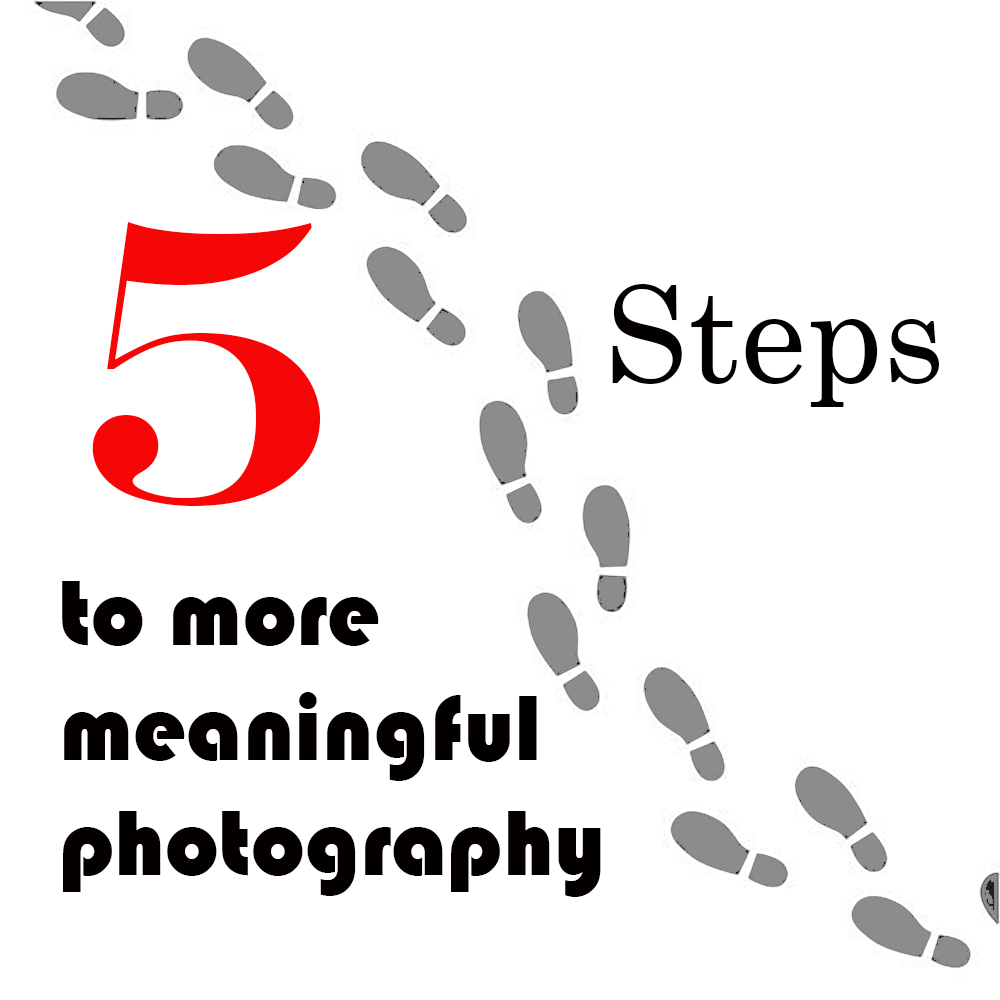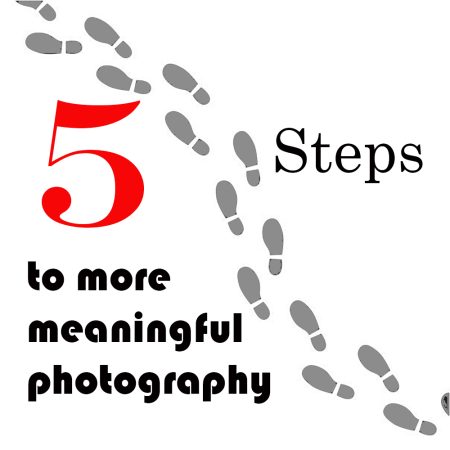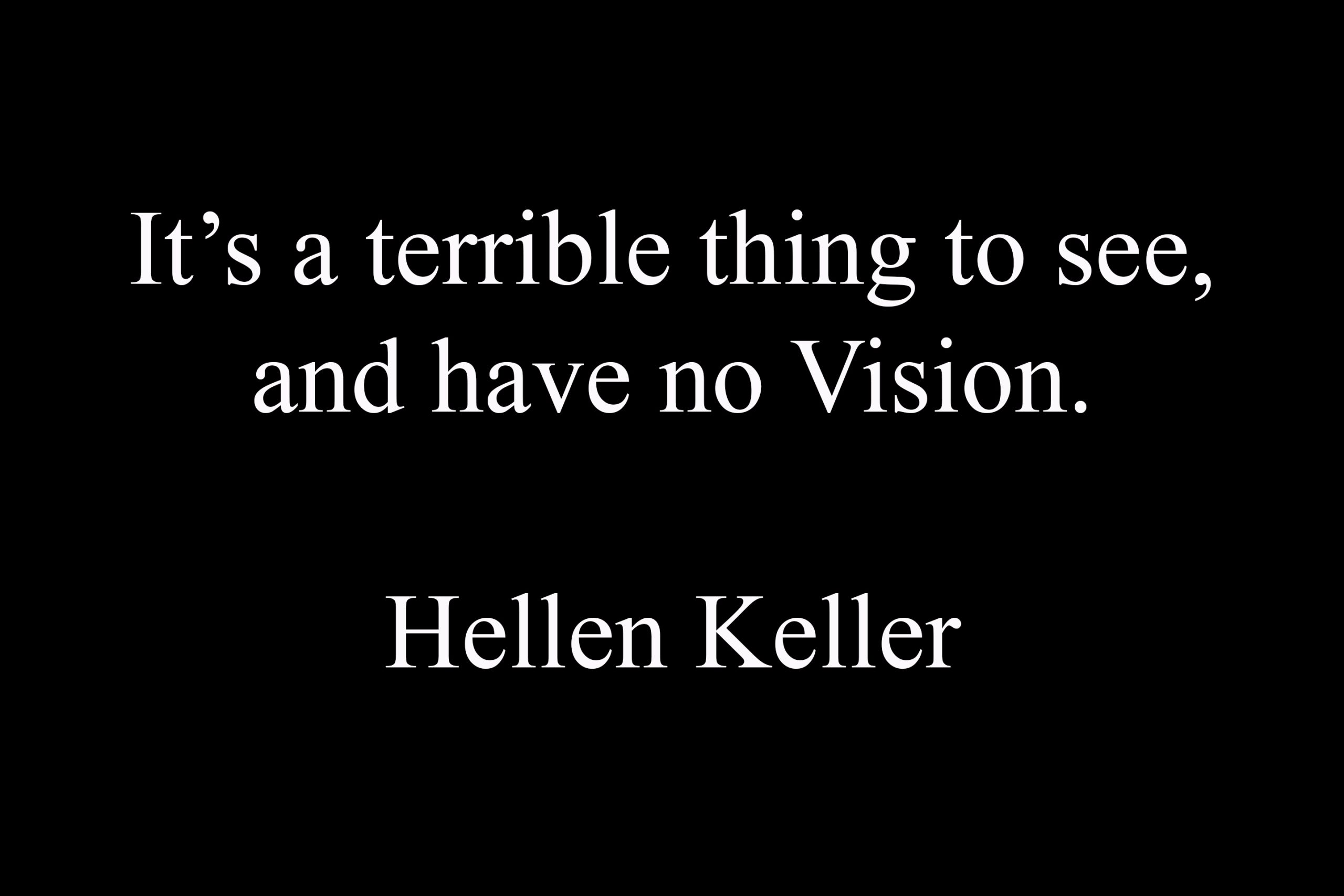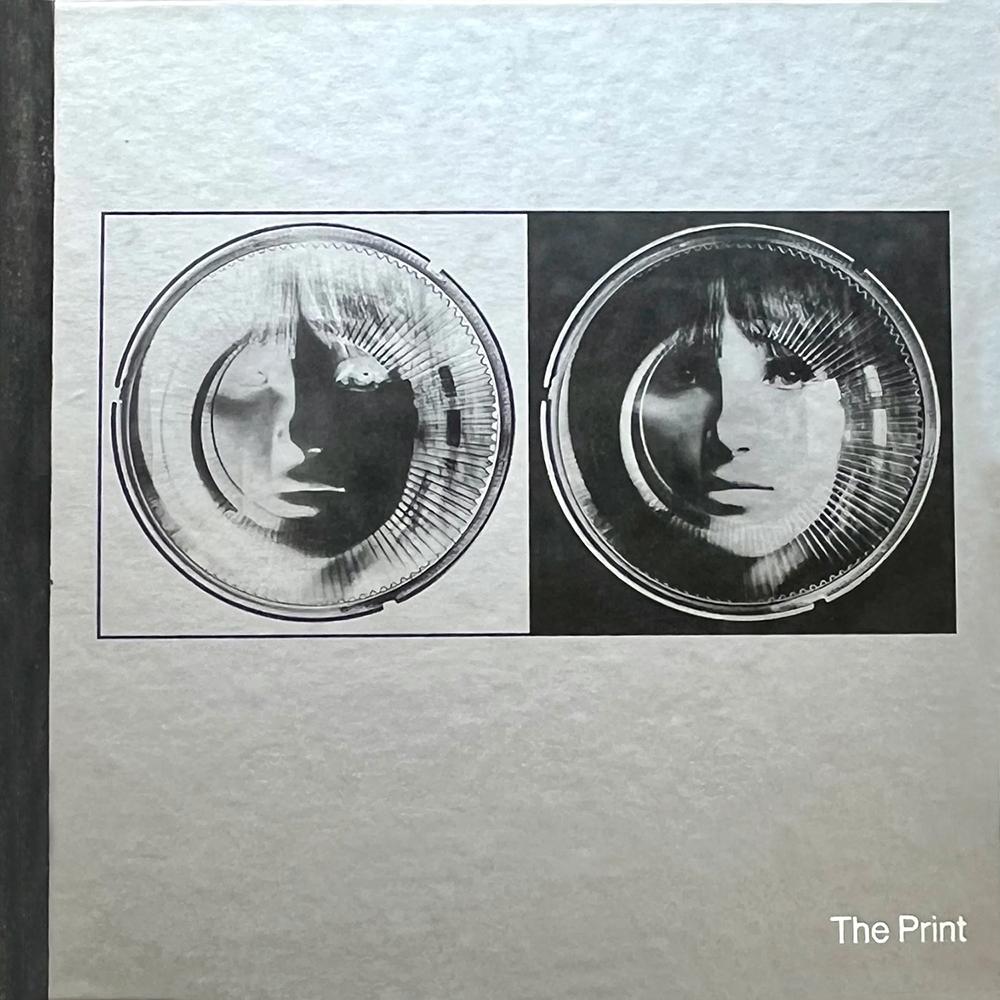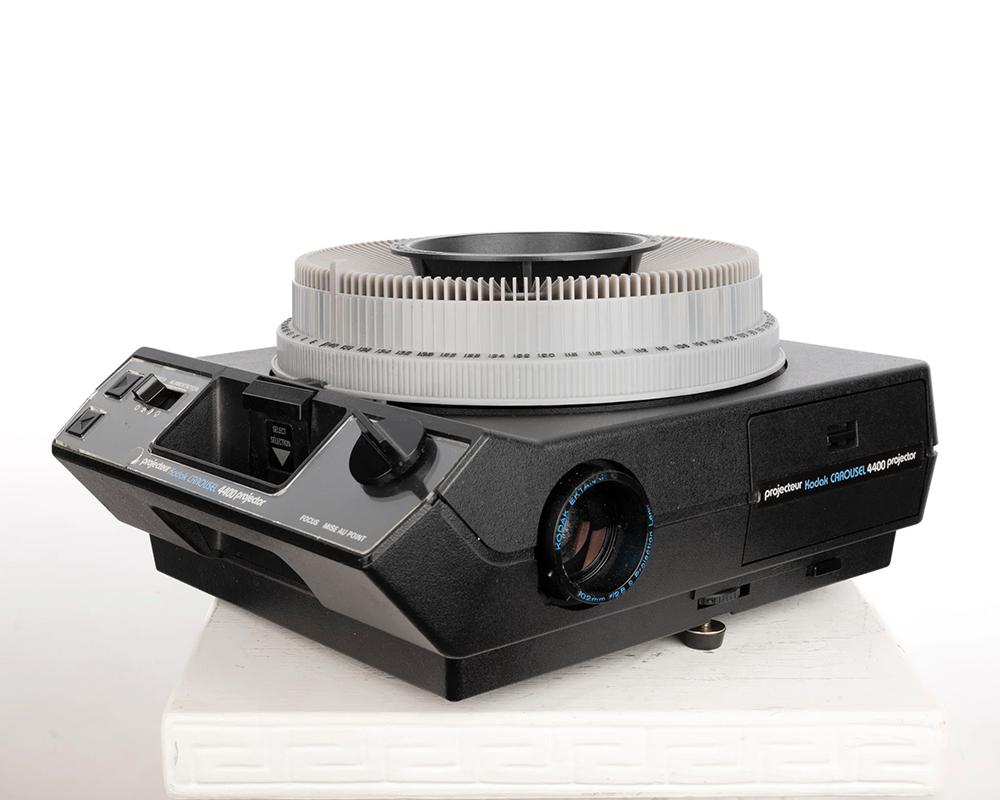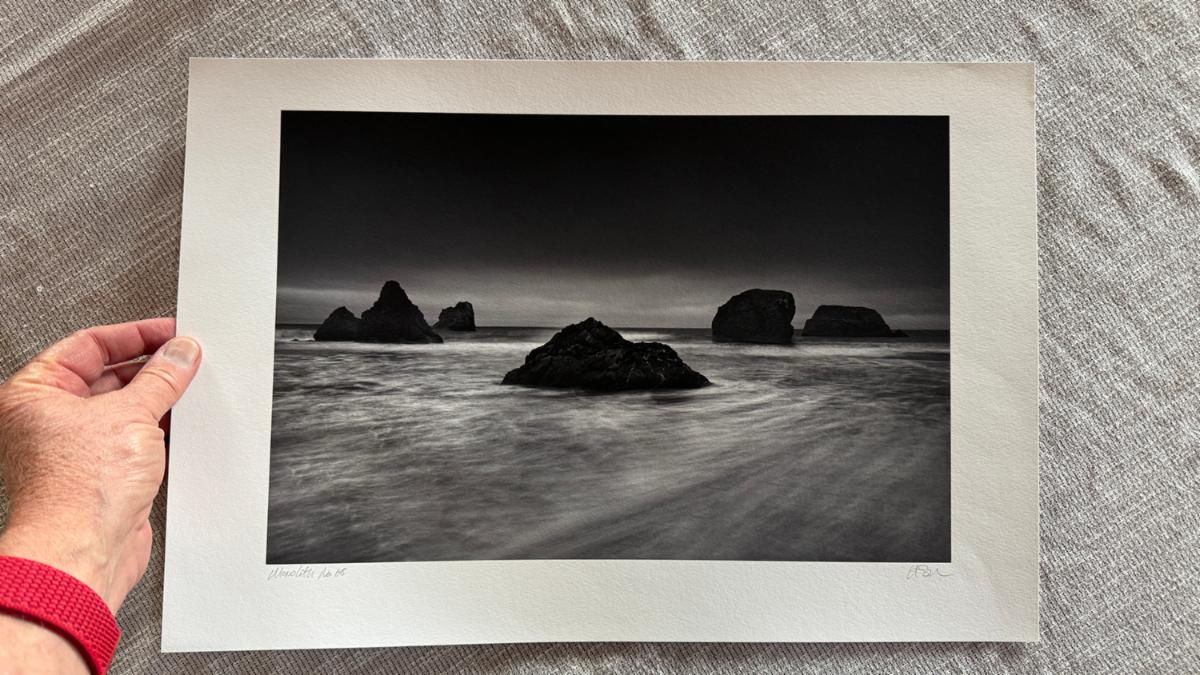1. Sort Your Portfolio
I took 100 of my best images, printed them out and then divided them into two groups: the ones I REALLY loved…and all the rest. I decided that the ones that went in the “loved” pile had to be images that “I” loved, and not just ones that I was attached to because they had received a lot praise, won awards or sold the best.
And if I loved an image that no one else did, I still picked it.
Then I analyzed each of those images in the small stack and asked myself: What do I love about this image? I did not ask myself: what do these images have in common, because that didn’t matter to me.
And it was then I had a small peek into my Vision; I love dark images, contrasty images, centered and symmetrical images, I love simple images, unusual images, and I love photographing wildly varied subjects.
At the time I didn’t understand how important these little discoveries were, but now looking back, this was a very important first step.
2. Make the Commitment
I committed that from that point on, I would only pursue those kinds of images, the ones that I really loved. Too often I had been sidetracked when I chose to pursue images simply because others liked them.
It was through this step, that I began to recognize the corrupting influence of praise. Criticism could sting for a bit, but praise could turn my head.
3. Practice Photographic Celibacy
I started practicing Photographic Celibacy and stopped looking at other photographer’s work. I reasoned that to find my Vision, I had to stop immersing myself in the Vision and images of others.
I used to spend hours and hours looking at other photographer’s work and would then find myself copying their style or even their specific images. I knew that I couldn’t wipe the blackboard of my mind clean of those images, but I could certainly stop focusing on their Vision and instead focus on mine.
When I looked at a scene I didn’t want to see it through another photographer’s eyes, I wanted to see it through mine!
Initially I thought I’d only practice Photographic Celibacy for a short time, while finding my Vision. But here I am now, some 15 years later, and still find the practice useful.
4. Simplify Your Processes
I embarked on a mission to simplify my photography. In the past I had focused on the technical and now I was going to focus on the creative. I disposed of everything that was not necessary: extra equipment, gadgets, plug-ins, programs, processes and all of those toys we technophiles love. I went back to the basics which simplified my photography, and gave me more time for focus on the creative.
I was very surprised at how effective this step was. Yes, simplification did give me more time to focus on the creative, but more importantly it changed where my focus was.
5. Ignore Other’s Advice
I ignored the advice that well intentioned friends and experts gave me. So much of this advice had never felt right for me and I was torn between following their recommendations or my own intuition. In the end I decided that only by pleasing myself could I create my best work, and that no matter how expert someone was, they were not an expert about my Vision or what I wanted.
Here’s some of the expert advice that I had been given:
- Follow the rules of composition
- Lighten your images
- Open up your shadows
- Don’t center the subject
- Focus on one genre and become known for that
This advice never felt right to me, but I followed it because it came from the “experts.”
6. Change Your Mindset
I worked to change my mindset from photographer to artist. I had always thought of myself as a photographer who documented, but I could see that this role was limiting and the truth was that I wanted to be an artist that created.
To help me make this mental shift, I started calling myself an artist (I felt like such a fraud at first) figuring that I must play the part to become the part. I also stopped using certain words and phrases, for example instead of saying “take a picture” I would say “create an image.”
That may seem like small and inconsequential things, but it helped to continually remind me that I wanted to be an artist who created, and not a photographer who documented.
7. Question Your Motives
I questioned my motives and honestly answered some hard question such as: Why am I creating? Who am I trying to please? What do I want from my photography? How do I define success?
It seemed to me that Vision was something honest and that if I were going to find my Vision, I had to be honest about the reasons I was pursuing it.
8. Stop Comparing
I stopped comparing my work to other photographers. I noticed that when I compared, it led to doubts about my abilities and it left me deflated. All I could see were their strengths and my weaknesses, which was an unfair comparison.
I decided that if my goal was to produce the best work that I could, then it did not matter what others were doing. I had to remind myself that this was not a race or a contest, I was not competing against others…I was trying to be my best self.
9. Stop Caring What Others Think
I made a conscious decision to stop caring what others thought of my work. I recognized that in trying to please others, I was left feeling insecure and empty.
At the end of the day, it was just me, my work and what I thought of it. As long as I cared what others thought, I was a slave and could never be free.
10. Get Inspired
I re-read Ayn Rand’s novel “The Fountainhead” which I had first read at age 17. It has been one of the most influential books of my life because it gave me hope that I could become truly independent, that I could think for myself and define my own future. I know this book can cause strong reactions in people, both for good and ill, but it was a tremendous help in finding my Vision.
I also re-read Edward Weston’s Day Books, and re-read them annually. I just really connected with how Weston thought, and this also inspired me to become independent and to follow my own Vision.







